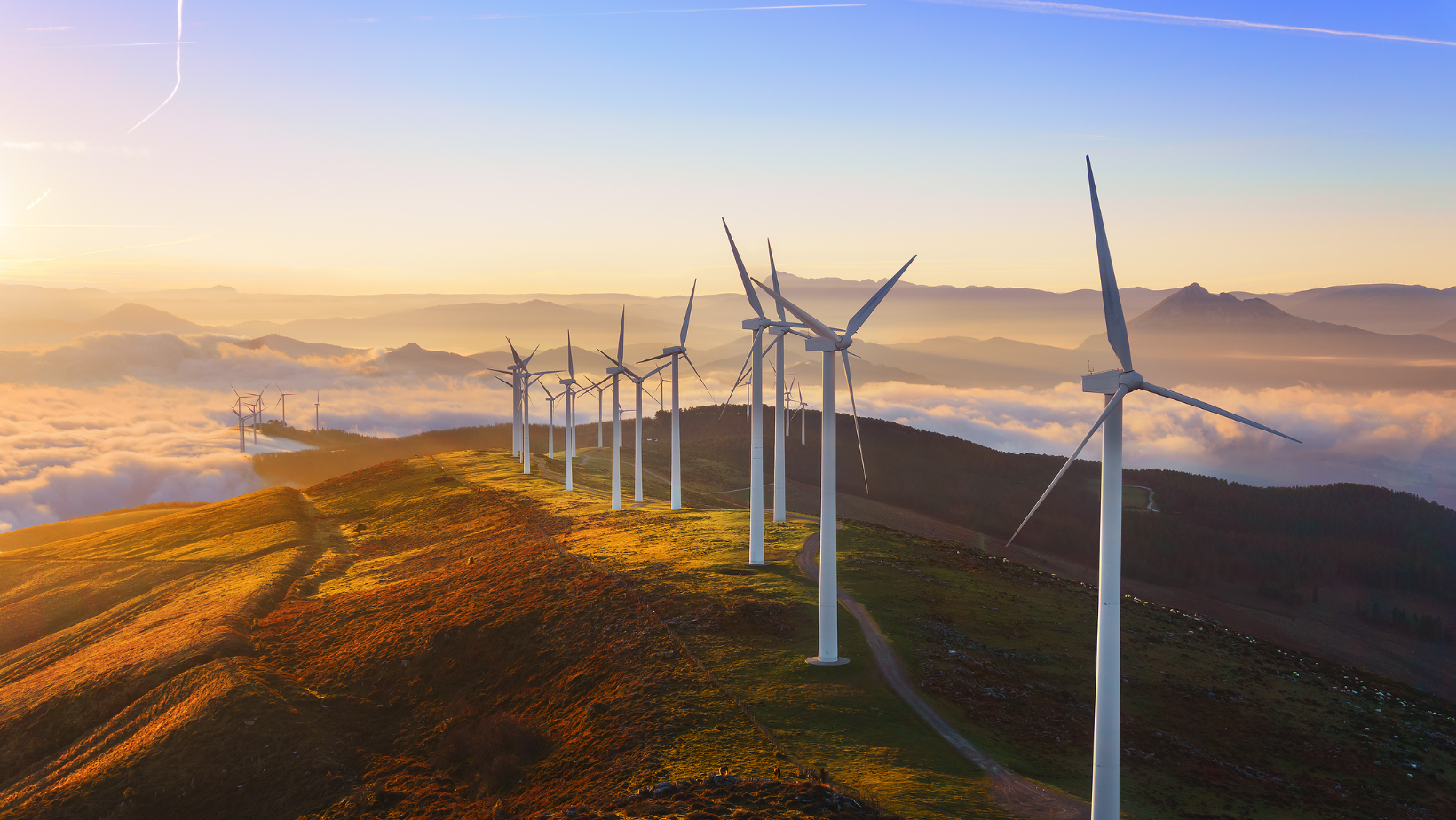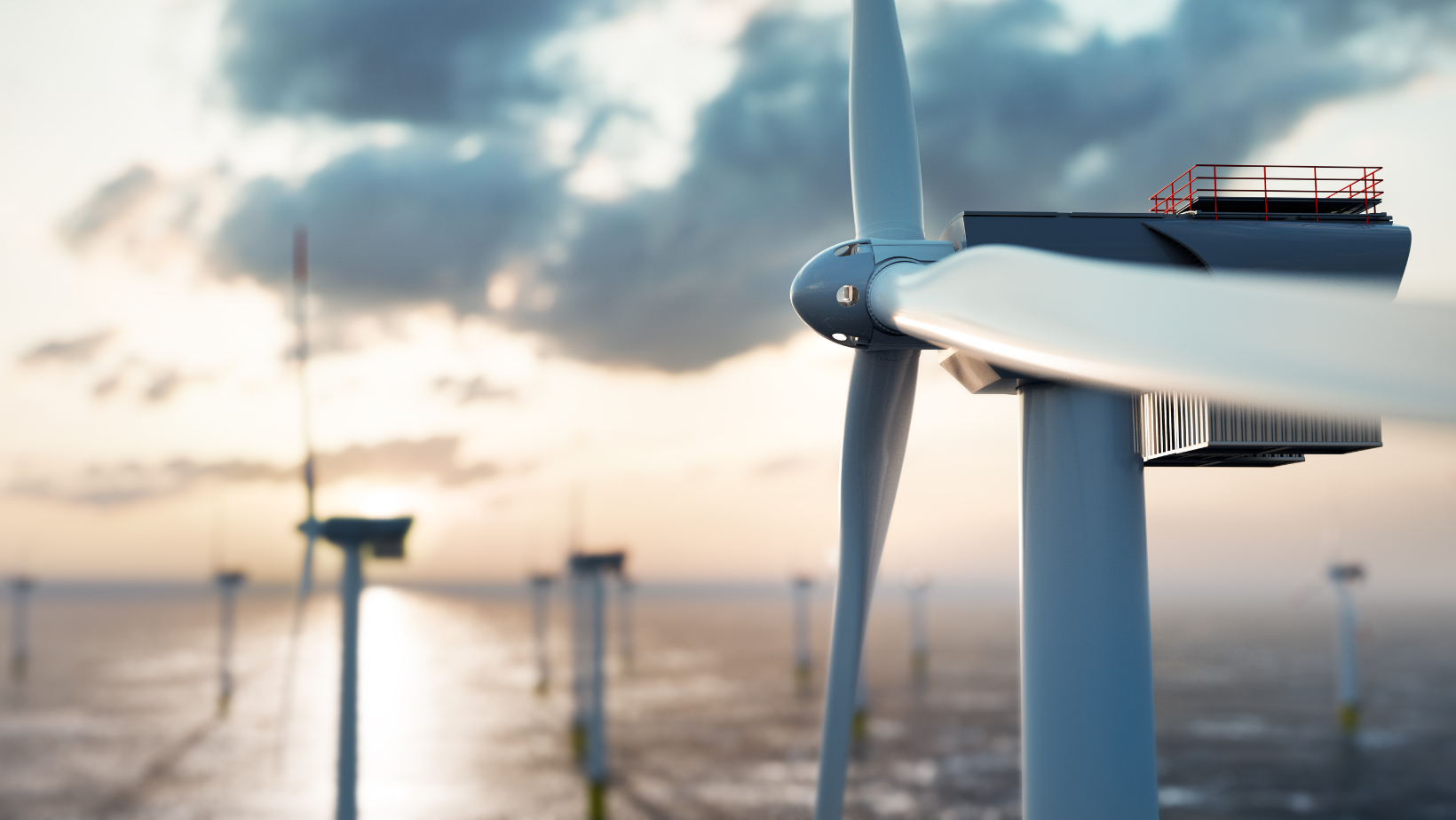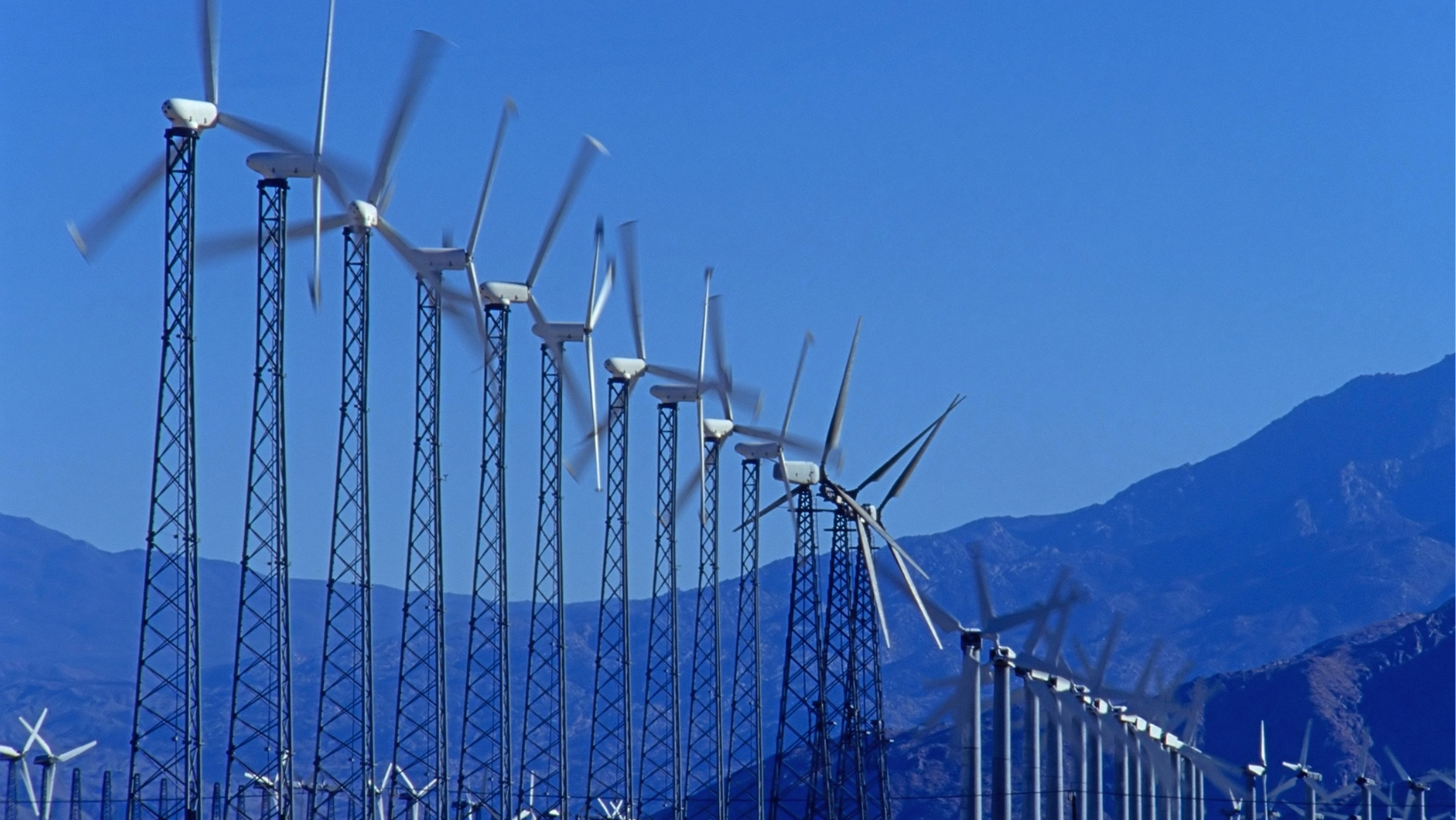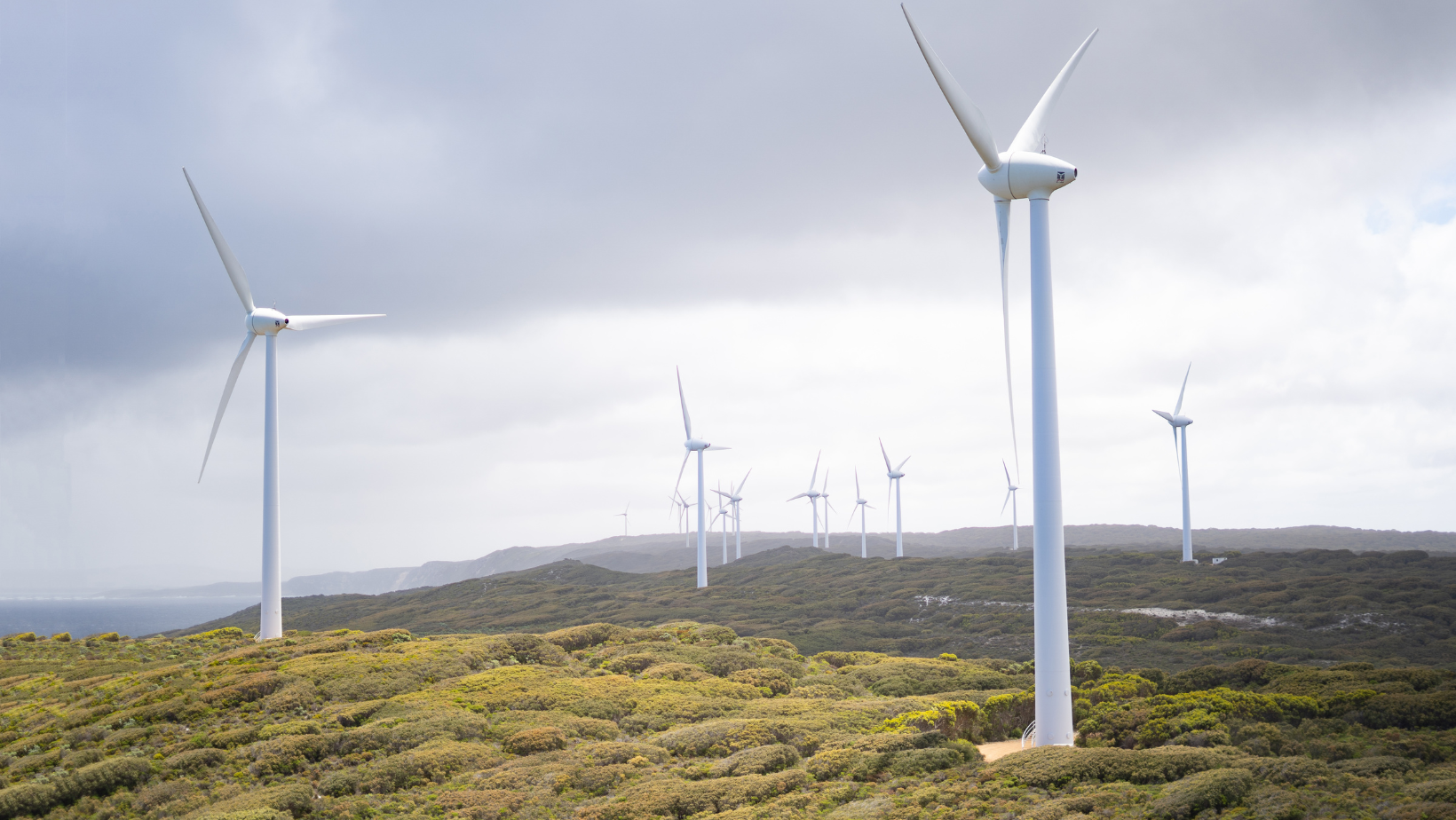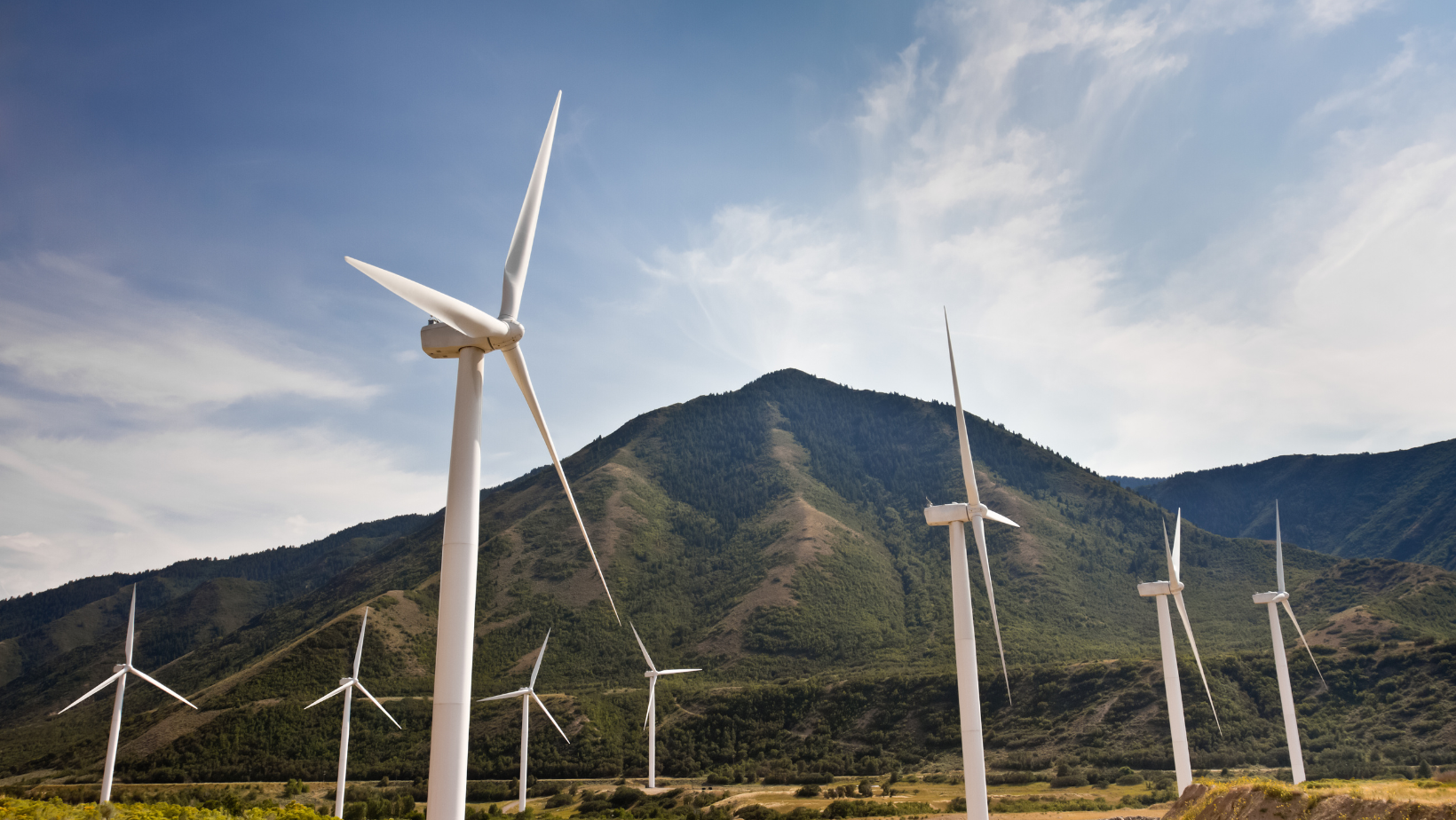
In an era where renewable energy sources are no longer just an alternative but a necessity, wind power stands out as a sustainable and reliable choice for businesses looking to invest in a greener future. While the initial outlay for wind turbine installation can be substantial, understanding the long-term economic and environmental dividends is essential for any forward-thinking enterprise. For organizations prioritizing corporate responsibility and sustainability, switching to wind energy is not merely a cost but an investment in brand integrity, operational efficiency, and the planet's welfare.
Such a transition can offer substantial returns on the balance sheets through reduced utility costs and contributing positively to a company's public image and societal impact. This guide will explore the various factors determining the wind turbine installation cost and outline the benefits businesses willing to switch can get. Keep reading to learn more!
Considering the Initial Investment
Estimating the initial investment for wind turbine installation involves several key components contributing to the overall cost. This includes the cost of the turbine itself, which varies based on capacity and technology; site preparation costs, which encompass land acquisition, clearing, and access road construction; and the expense tied to connecting the turbine to the power grid, which can differ dramatically depending on the distance and infrastructure required.
If you own a regional manufacturing facility that opts to install a small wind turbine, it can generate enough power for its operations and excess to sell back to the local utility. The initial investment may be significant, with outlays for the turbine and specialized equipment for installation, permits and compliance costs, and potential grid upgrade fees. The calculated long-term benefits, such as energy cost savings, increased energy independence, and enhanced corporate sustainability profile, underscore the value proposition of this initial investment.
Factors Affecting Wind Turbine Cost
Several factors influence the cost of installing a wind turbine, making it crucial to understand each one before embarking on this sustainable energy journey. These factors include:
Turbine Size and Capacity
The size and capacity of the turbine play a crucial role in determining the installation costs of wind energy systems. Generally, larger turbines with greater capacity incur higher installation fees due to the intricate assembly and installation processes involved. This is because larger turbines require more robust foundations, taller towers, and heavier components, contributing to the overall installation complexity and cost.
Additionally, the size of the turbine directly influences its power generation capacity. For example, if your business requires substantial electricity to meet its energy needs, a larger turbine with higher installation costs may be necessary to ensure sufficient power generation. Despite the higher upfront costs, investing in a larger turbine can result in long-term benefits by providing a greater renewable energy output and potentially reducing reliance on other energy sources.
Location and Site Preparation
The location of the turbine and the subsequent site preparation work constitute another significant aspect of the overall installation cost. Wind turbines must be located in areas with ample and consistent wind availability for optimal energy production. Site selection and evaluation often involve professional services such as wind speeds, land surveys, and environmental impact assessments, all of which add to the cost.
The complexity and cost of these preparatory activities can vary considerably based on the terrain, the distance from existing infrastructure, and the local regulations. For example, if you plan to install a wind turbine in a remote hilly area, the costs may be higher due to challenging terrain and the need for extensive site preparation work. Conversely, installing flat farmland near existing infrastructure could reduce these costs.
Operational and Maintenance Costs
Operational and maintenance costs, often overlooked in the initial investment calculation, constitute a significant portion of the lifetime cost of wind turbines. These costs encompass routine maintenance, repair, part replacement, and inspections necessary to ensure optimal performance and longevity of the turbine. Generally, these ongoing costs are estimated to be around 1-2% of the initial installation of wind turbines per year.
For example, if you installed a wind turbine for $1 million, the annual operational and maintenance costs would be between $10,000 and $20,000. Several factors influence these costs, such as the size and type of turbine, location, accessibility for maintenance, and availability of replacement parts. Investing in quality wind turbine manufacturers can help reduce these ongoing expenses through better reliability and durability.
Benefits of Wind Turbine Installation
Despite the initial investment and ongoing costs, investing in a wind turbine can benefit businesses and communities. These include:
Cost Savings On Energy Bills
One of the most substantial benefits of installing a wind turbine is the potential for significant cost savings on energy bills. By harnessing wind power to produce your own electricity, you become less reliant on grid power and create a sustainable and eco-friendly energy source. This benefits the environment and provides long-term stability in your financial planning. This benefit is particularly pronounced for businesses with high energy consumption, such as manufacturing industries.
By incorporating wind energy into their operations, these businesses can reduce their reliance on traditional energy sources and mitigate the impact of fluctuating energy prices. Even a small reduction in energy costs can substantially impact the bottom line of such industries. For example, if you installed utility-scale wind turbines with an estimated payback period of ten years, you could save hundreds of thousands of dollars on energy bills in the long term.
Reduced Carbon Footprint
Investing in wind turbines significantly reduces a business's carbon footprint, denoting the total greenhouse gas emissions an entity is responsible for creating. These greenhouse gas emissions are often unavoidable because traditional power sources rely heavily on burning fossil fuels. In contrast, wind energy is a clean, renewable power source, generating electricity without releasing harmful greenhouse gases.
By shifting towards wind energy, a business can considerably reduce its emissions, thus actively participating in combatting global warming and climate change. For example, if you operated residential wind turbines with an estimated lifetime of 20 years, you could potentially offset thousands of tons of carbon dioxide emissions compared to traditional energy sources. This benefits the environment and can enhance your business's socially responsible and environmentally conscious brand image.
Potential For Additional Income
In addition to the inherent energy savings, installing a wind turbine can provide numerous opportunities for additional income streams. This is particularly pertinent for rural and agricultural landowners with ample space and access to reliable wind resources. By harnessing the power of the wind, surplus energy generated by wind turbines can often be sold back to the national grid, creating a consistent and profitable income source.
Many countries offer incentives such as feed-in tariffs and power purchase agreements, further enhancing the financial viability of wind energy projects. For example, if you have a wind turbine and generate excess electricity, you could potentially sell it to the grid at a favorable rate, ensuring a steady income stream for years. With the potential for long-term financial benefits and the opportunity to contribute to sustainable energy production, investing in wind energy can be a smart and lucrative choice for landowners.
Job Creation and Economic Growth
Wind energy investment propels us towards a greener future and drives significant economic growth and job creation. The wind energy sector has proven to be a formidable job engine, cultivating various roles across various expertise levels. The sector offers diverse employment opportunities, from manufacturing and installation to maintenance and operations.
Additionally, the wind energy industry's supply chain fosters local businesses' growth and can invigorate rural economies where job opportunities may be limited. For example, if you are investing in a wind farm, you not only contribute to the generation of clean energy but also have the potential to create hundreds of job opportunities for local communities, stimulating economic growth and fostering sustainable development.
Long-Term Cost Stability
As a significant player in the global energy market, wind energy has heralded a new era of long-term cost stability for energy consumers. Unlike fossil fuels, which are subject to economic fluctuations, geopolitical tensions, and finite reserves that can lead to erratic pricing, wind energy offers a level of predictability in cost that is invaluable to long-term financial planning. Harnessing wind as a power source involves no fuel expenses, meaning the primary wind turbine costs are incurred in installation and maintenance.
When a wind turbine is operational, the cost per unit of energy produced remains relatively stable over the turbine's lifespan. This price stability is a boon for businesses looking to manage their budgets more effectively and for public entities aiming to provide consistent utility rates. For example, if you are a business owner relying on a stable and predictable energy supply to maintain operations, investing in offshore turbines can provide long-term cost stability that is impossible with traditional energy sources. This stability can mitigate the financial risks of volatile energy prices and contribute to a more sustainable, resilient business model.
Impacts of Commercial Wind Turbine Installation on Businesses and Communities
Apart from directly benefiting businesses, installing wind turbines can positively impact surrounding communities. These include:
- Job creation: Wind energy projects require skilled labor for installation, maintenance, and operation, creating job opportunities in these fields. In addition to direct employment, the wind industry also creates jobs in related industries such as manufacturing, transportation, and logistics.
- Boost the local economy: Developing wind energy projects often involve significant investments and can boost the local economy. This is particularly true for rural communities, where wind farms are often located. These projects can stimulate economic growth and create new business opportunities for local entrepreneurs.
- Increased property values: Studies have shown that properties located near wind turbines experience an increase in value due to their perceived environmental benefits and proximity to renewable energy sources.
- Diversification of energy sources: Installing commercial wind turbines can reduce a community's reliance on traditional energy sources and increase their energy independence. This diversification of energy sources can protect against potential disruptions in the supply chain and provide stability in times of crisis.
- Contributes to global efforts in combatting climate change: Switching to renewable energy sources like wind power can help reduce greenhouse gas emissions and slow down the effects of climate change. This benefits the local community and contributes to global efforts to create a sustainable future for our planet.
- Can be a source of revenue for landowners: Income stream landowners who lease their land for wind energy projects can receive rental payments, providing a steady and reliable stream of income. This additional income can help landowners cover expenses, invest in property improvements, or pursue other business opportunities.
- Educational opportunities: Installing wind speed turbines can provide educational opportunities in science, technology, engineering, and math (STEM) fields for students in local communities. This can inspire future generations to pursue careers in renewable solar panels and contribute to the growth of this industry.
- Community involvement and support: Wind energy projects often involve partnerships and collaborations with local communities, providing opportunities for input, feedback, and collaboration. This can foster a sense of unity and enhance community involvement in important decisions related to energy production.
Challenges Faced by the Wind Energy Industry
While wind energy offers numerous benefits, it also faces its own set of challenges. These include:
- Intermittency: One of the primary challenges of wind energy is its intermittent nature. Wind is not a constant resource and can vary in availability, making it challenging to match supply with electricity demand. Technological advancements in energy storage, such as batteries and pumped hydropower, are being developed to address these concerns.
- Land use and wildlife impact: Wind farms require significant land space, which can have potential environmental impacts. Installing small wind turbines in certain locations can also disrupt the migratory patterns of birds and bats. Careful site selection and mitigation strategies, such as bird-friendly turbine designs, are being implemented to minimize these impacts.
- High initial costs: While wind energy offers long-term stability, the initial investment costs can be high. This can make it challenging for smaller businesses and communities with limited budgets to adopt this renewable energy source.
- Permitting and regulatory hurdles: The process of obtaining permits for offshore wind turbines can be lengthy and complex, involving multiple levels of government agencies. This can create additional hurdles in the development process and add to the overall project costs.
- NIMBY opposition: Wind turbines, particularly in residential areas, can face resistance from community members who do not want them in their backyard. This NIMBY (Not In My Backyard) attitude is a challenge that the wind energy industry must navigate through effective communication and community engagement.
Conclusion
Investing in wind turbines presents a myriad of benefits for both businesses and communities. It offers cost savings on energy bills, reduces carbon footprint, and even provides potential for additional income. Beyond businesses, wind turbines can positively influence communities by creating jobs, boosting the local economy, increasing property values, diversifying energy sources, and reducing air pollution. While the initial investment may be substantial, the long-term results are economically viable and environmentally sustainable.
Adopting wind energy is a step towards a green and renewable future, promoting economic growth and environmental preservation. So, it is undoubtedly wise and beneficial for businesses to embrace wind energy solutions in the long run. Let us do our part in mitigating climate change and creating a more sustainable world for future generations. With the numerous benefits that wind turbines offer, it is time for businesses to make the switch and contribute towards a better tomorrow. Let's make a positive impact on our planet together!

